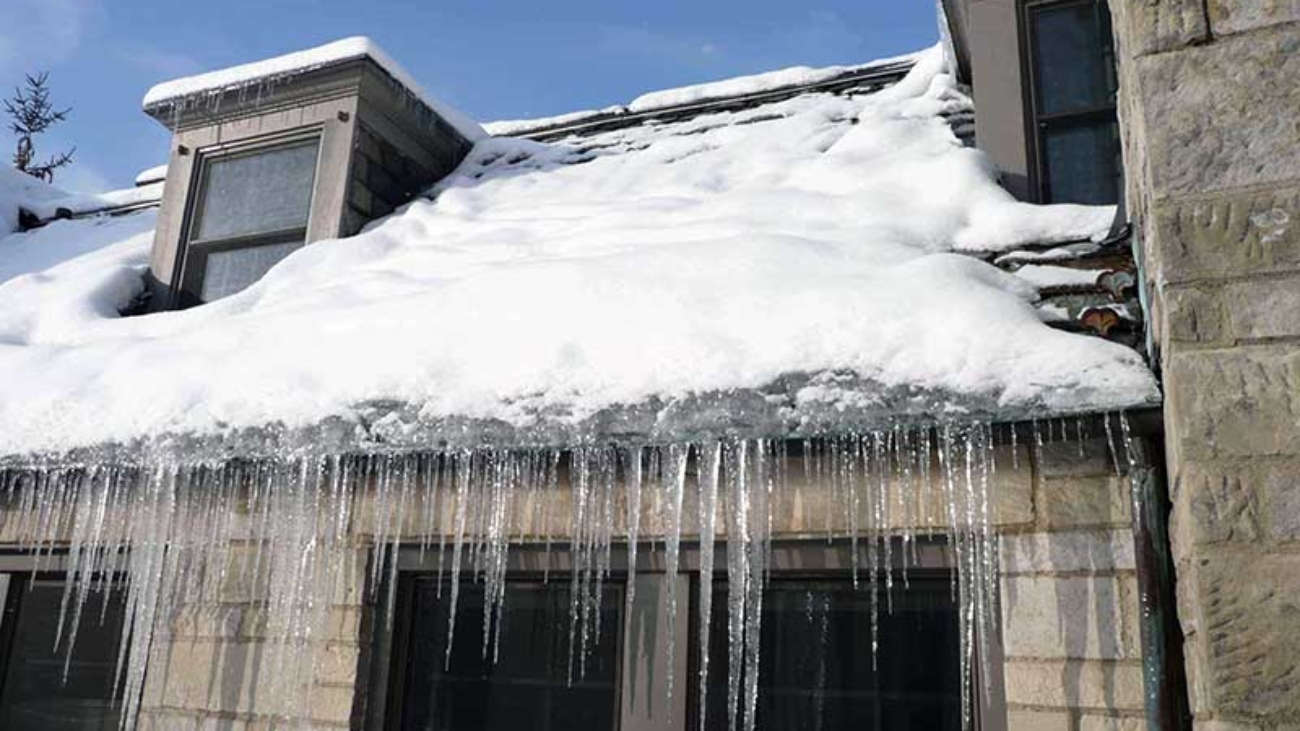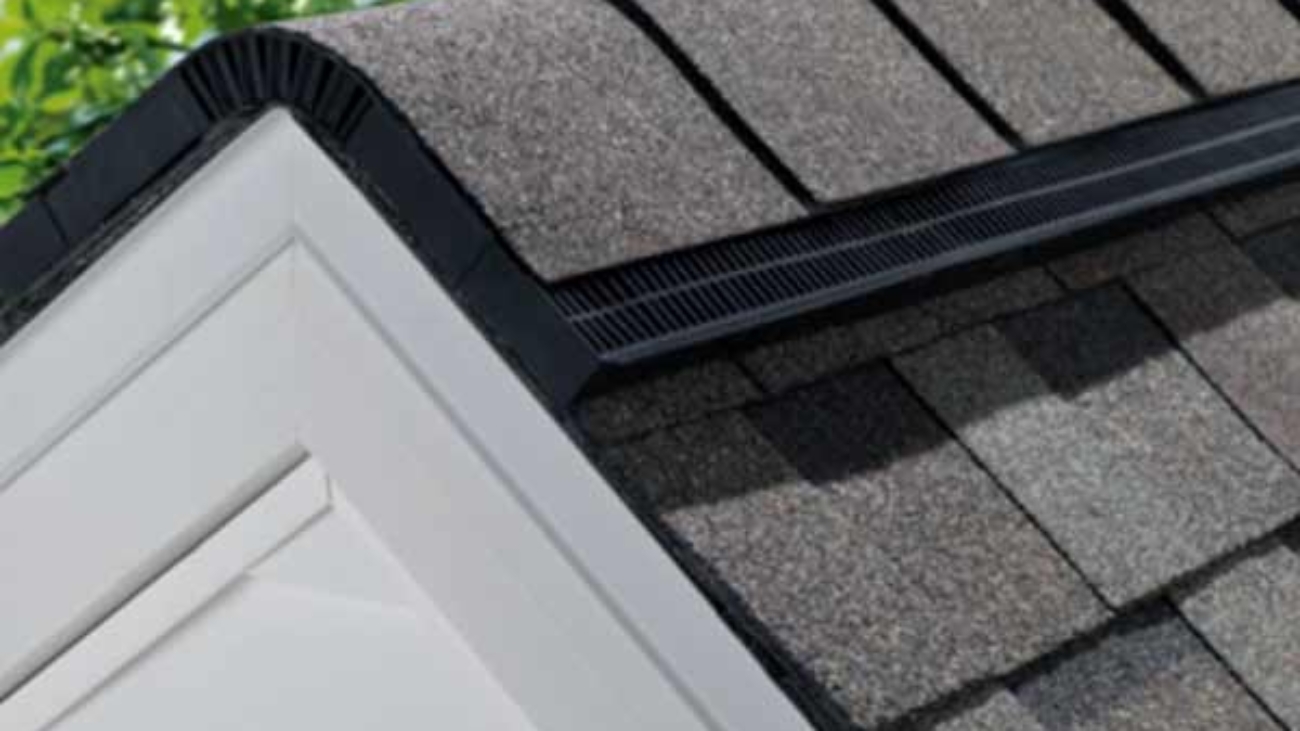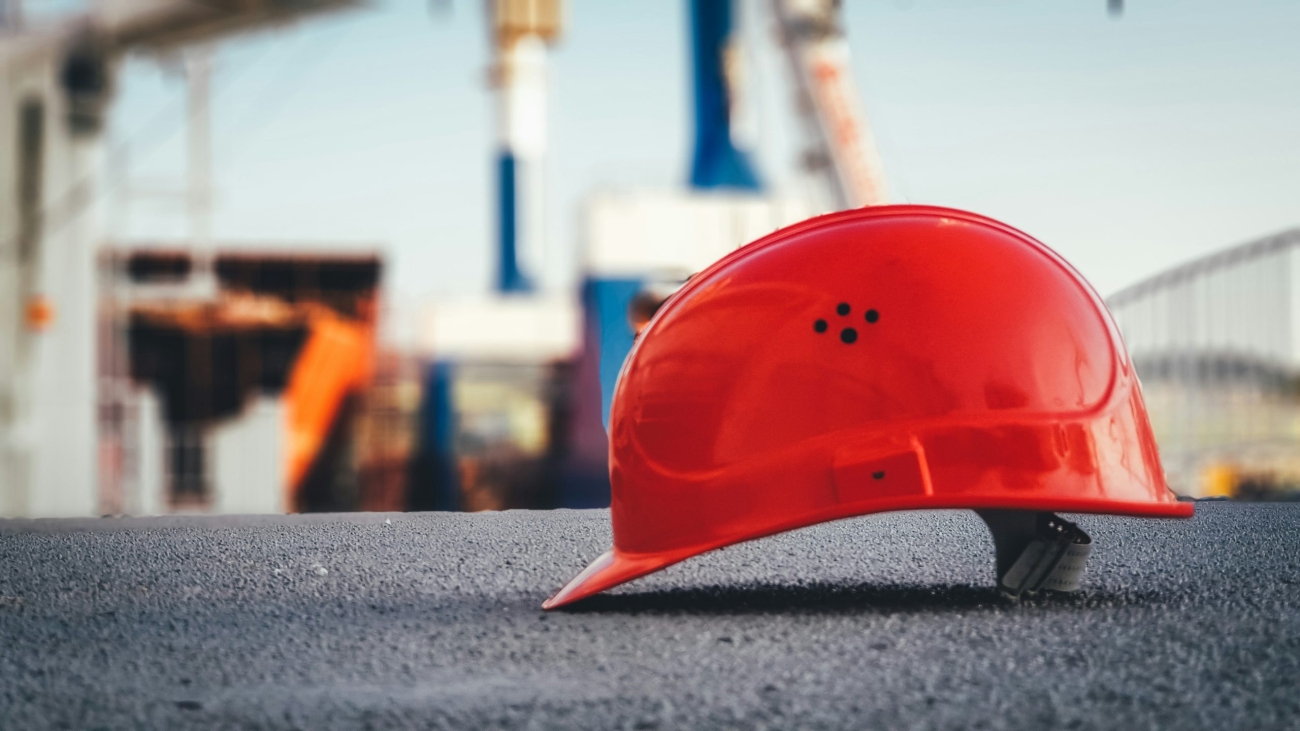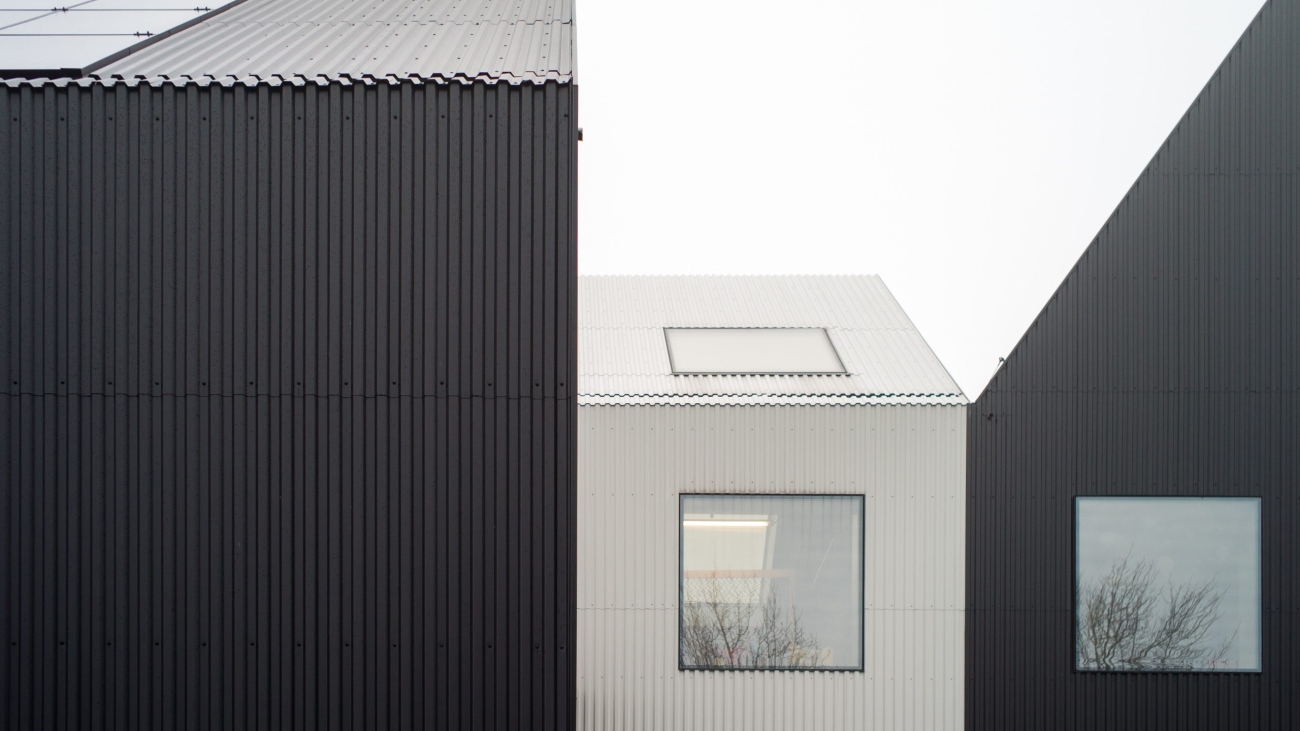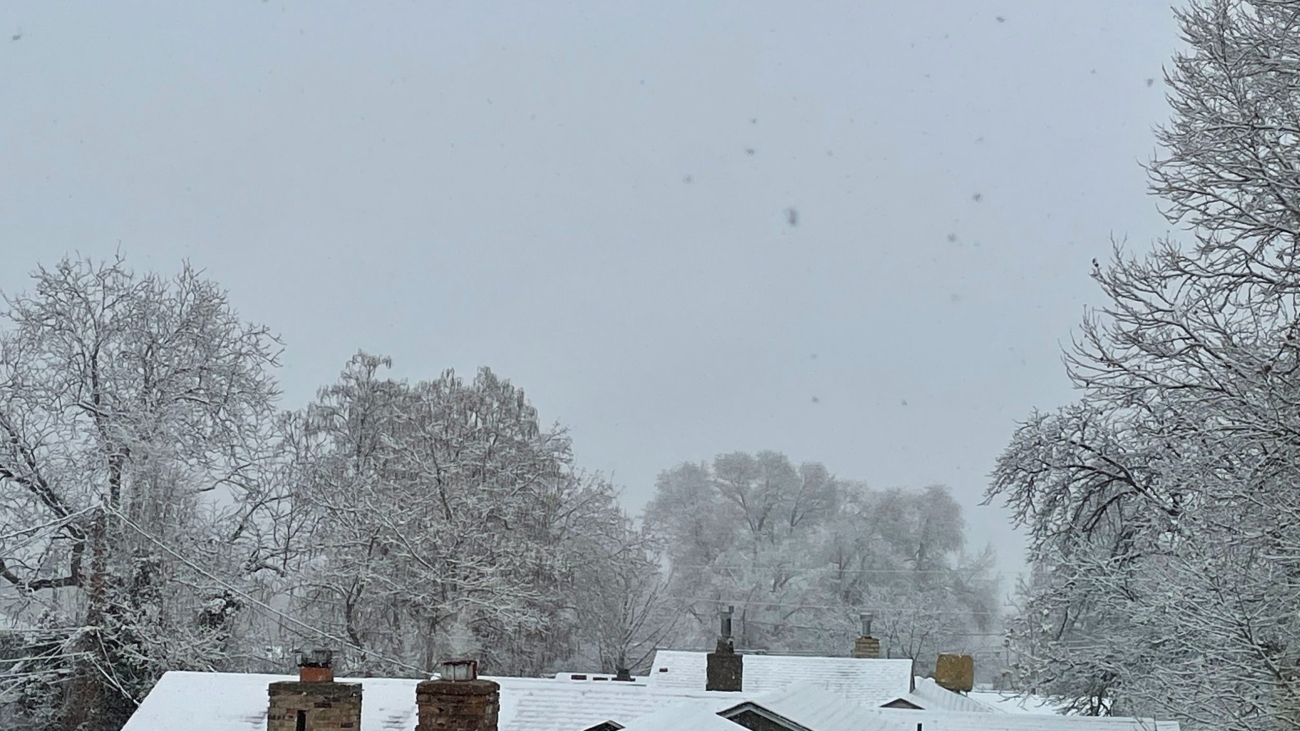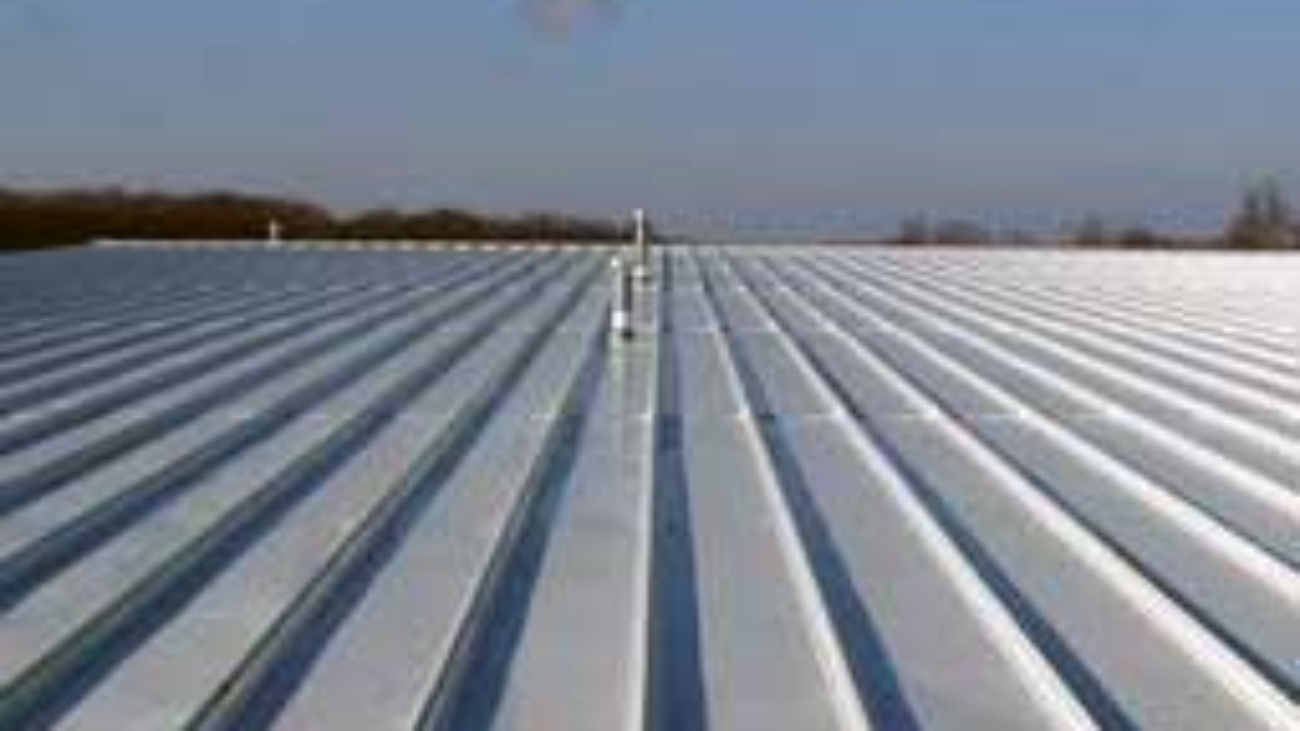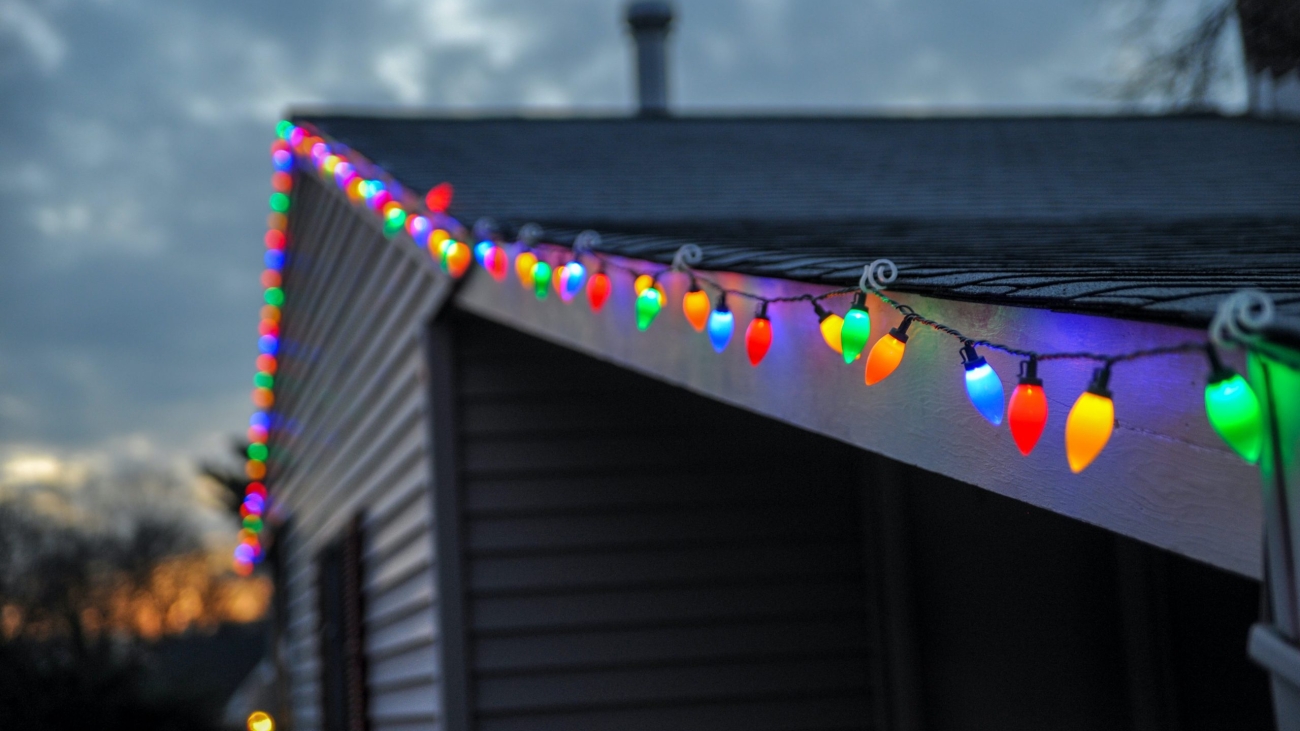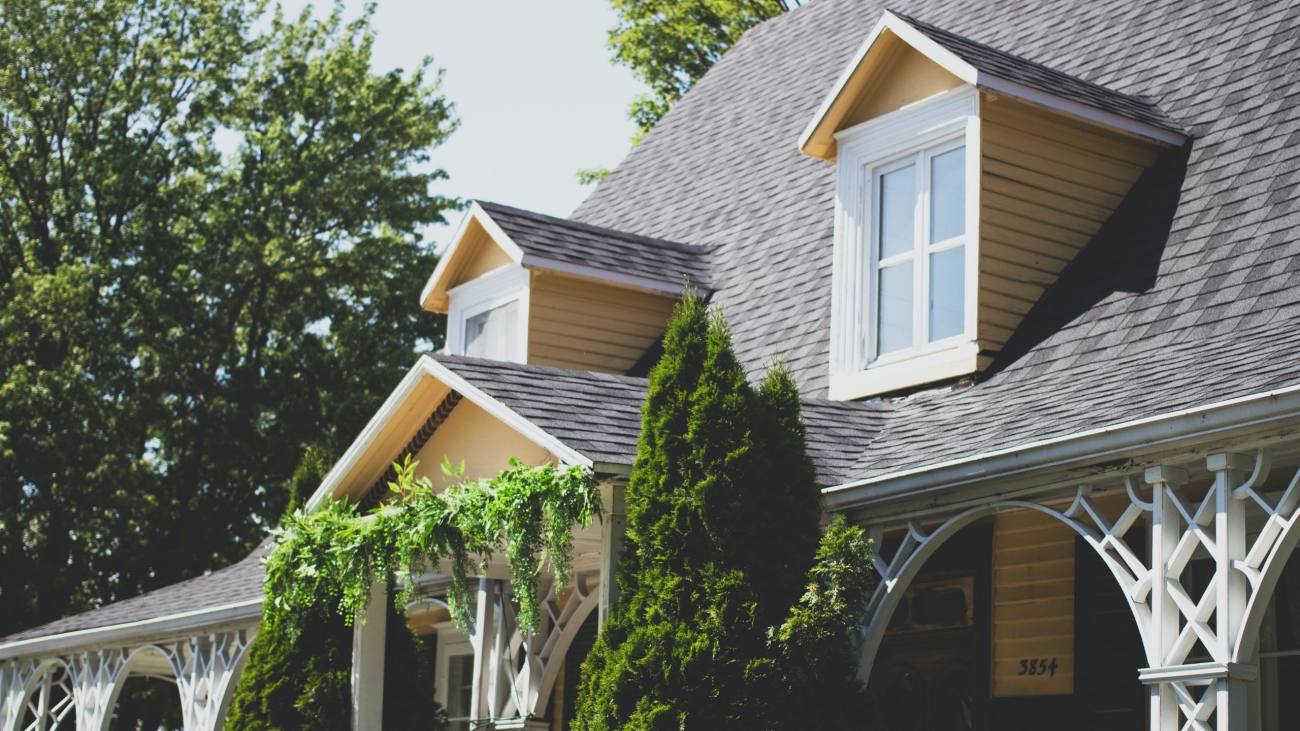How to Prevent Ice Dams and Damage
Vancouver has some of the trickiest winters since we experience rapid changes in temperature. Which can cause some trouble with our homes, especially with the roofs over our heads. When the temperatures dip below freezing and ice and snow build up on your roof, it cause plenty of damage. Which will be expensive to fix. Let’s see below How To Prevent Ice Dams and Damage.
During prolonged cold spells where snow and ice are allowed to accumulate on your roof. It can quickly build up into increasingly large blocks of ice or what are called ice dams. An ice dam not only weighs down your roof but stops water from running into your gutters and away from your home. This will cause the water to pool on your roof, causing water damage and leaks to your home’s interior walls and insulation. If left untreated, mold will form which will most likely mean you’ll have to replace your roof. Here are some tips to help prevent ice and snow buildup from causing major problems.
Prevent Ice Dams and Snow Build Up
Roofs are of course built to withstand a certain amount of weight. But if snow builds up and becomes too heavy your roof can collapse. Although this isn’t common in Vancouver, we do have bad snow storms every couple of years. If this is the case, you need to keep an eye on your roof and clear it once the storm has passed. A good general rule is that you never want more than a foot of snow on your roof at any one time. You can clear snow yourself with a rake or a shovel or call us at Cambie Roofing and we can take care of it for you.
Clear the Gutters
If Vancouver has a prolonged cold spell, it is common for ice to build up in your gutters and freeze them. If the ice builds up too much, the gutters can expand and cause them to shatter. Another common issue is that the ice becomes too heavy and can rip the gutters away, causing extensive damage to your home. You can chip the ice from gutters, but that can be extremely dangerous and you can damage your gutters. A better solution is to give us a call at at Cambie Roofing we can ensure the gutters are cleared properly so you don’t have to risk doing it yourself.
Keep the Attic Cold
As you know, heat rises in your house and gets trapped in the attic. Poor attic insulation and ventilation causes hot air to escape in the wrong places and rapidly heat the roof which melts the snow too quickly. These causes water to flow until it hits a cooler section of the roof. Usually toward the overhangs that aren’t in contact with the attic’s warm air and leads to ice build up and ice damns.
You should ensure you seal any gaps in your attic floor to stop warm air from seeping in. And make sure your attic is adequately insulated. Before the cold sets in, check the events to make sure they aren’t being blocked. While it might seem strange to add insulation for warmth but it allows cold air to come in through the vents, giving your attic some much needed air flow. The insulation also prevents moisture from building up in the attic. And keep the roof cool enough to prevent ice dams.
Insulation Issues
Insulation is a barrier of material within your roof space. It can either be laid between the horizontal beams along the floor of your attic or the rafters as a way to keep heat in your home. Check the insulation to see if it needs to be repaired. Although insulation lasts a long time, it does degrade and will eventually need to be replaced. If heat is escaping through holes or areas that aren’t insulated then it can lead to uneven water pooling and trapped moisture. One thing to look out for is dark streaks in your attic or ceiling. If you see these dark streaks it means that water has seeped through and you should call a roofer immediately to get your roof repaired.
What To Do In Spring
Once the snow melts and winter has passed, you should inspect your property for signs of poor ventilation. If you can catch these problem before they cause damage to your home. You will be able to save yourself some money and much needed headache.
You should always be vigilant and do your own inspections every couple of months. Simply walking on your roof with a good pair of binoculars can help you spot any trouble signs. However, your own inspections aren’t substitutions for a professional. You should always get a certified roofing contractor to do an inspection every six months. Because they will see something or notice a small detail that you can easily overlook.
The Solution
Those glistening icicles hanging from your roof may look beautiful. But, they can also be a telling sign that something isn’t draining the proper way. Icicles can be a telltale sign that water or snow are forming on your roof. That preventing melting snow from escaping through the gutters. Spending the time and money preventing ice dams is much more economical than having to deal with the potential fall out of ice dams.
If you are worried about potential ice dams developing on your roof, call Cambie Roofing to perform an inspection. Our expert roofers can quickly diagnose any problems with your roofing system. And perform maintenance to save you the trouble of dealing with ice and water damage. That possibly preventing you from having to replace the entire roof all together.
Originally published Feb. 2019.
Updated and republished Jan. 2024

